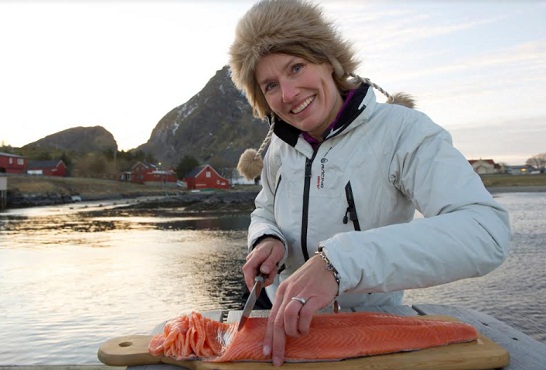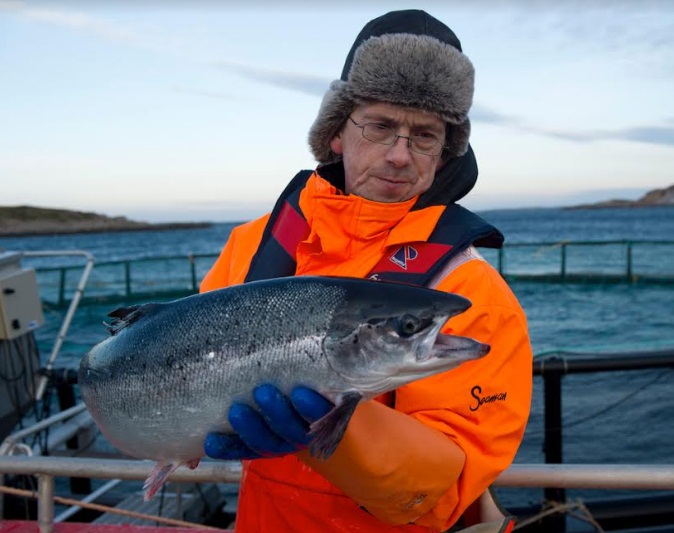DID YOU KNOW? That switching your protein source to sustainable seafood – such as Norwegian Salmon can help fight climate change – Salmon is not only good to your soul, but also to your body and our planet. 14.5% of anthropogenic greenhouse gas emission is from livestock[1], with irreversible damage to the world. Consumer’s responsibility is to be more conscious of the ingredients and how they are produced. Your favourite salmon dish can highly benefit the world if you pay attention to its origins.
Norway, the world’s number one Atlantic Salmon producer, and ranked among the most sustainable protein production in the world[2], has a commitment to producing sustainable, healthy fish, using advanced technologies and a highly effective management system to ensure food safety and sustainable farming. Farmed Salmon from Norway brings together health and sustainability, making it a perfect choice for consumers wanting to help their own health and the health of the planet.
Want to stay healthy and still save the world? Here’s why farmed Salmon can be part of the answer.
Ocean-based increases the chance
By 2050, the global population will have reached almost 10 billion, according to UN projections. This will require a 70% increase in food production. If people swapped even a small proportion of their meat consumption for seafood, we would be able to significantly reduce land use, and ensure more sustainable production of protein-based food. Also, ocean-based options have a lower carbon cost than animal-based protein[3].
Farmed and raised in the safest place
Salmon farmed and raised by the best practice, offers a sustainable and safe production of food. Over 90% of fresh Salmon imported into Thailand are from Norway. Norwegian people’s profound respect for the natural environment makes Norway one of the most sustainable producers of commercial seafood in the world. The Norwegian aquaculture companies perform well against most risk factors, which includes food safety, waste and pollution, working conditions, freshwater use, antibiotics, animal welfare, greenhouse gas emission, deforestation, and biodiversity loss.
Less Food Waste
Food waste is estimated to make up 8% of global greenhouse gas emission. Most food waste happens before it comes to consumer’s plates. Norwegian seafood is resource-efficient food production, and the utilisation of the Salmon is over 90 %. Every part of the Salmon, except for the blood, has a purpose. The less it wastes, the better it gets.
Sustainable and safe source of protein
Norwegian Salmon producers can be found on top of the list of the world’s most sustainable protein producers. This makes a little doubt on the safest origin of Salmon. Salmon from aquaculture, where Norway is the world’s biggest player, is one of the most resource-efficient forms of protein production in the world.
Safe from Parasites
Farmed Norwegian Salmon are raised in the cold, clear, clean water. Thanks to EU-standard feed and Norwegian expert fishermen, Salmon are well looked after and feed with all-natural materials that do not contain parasites. Salmon farms in Norway have almost entirely eradicated the use of antibiotics, with the successful development of fish vaccines. This ensures a safe source of quality protein such as Salmon for consumers from around the world.


